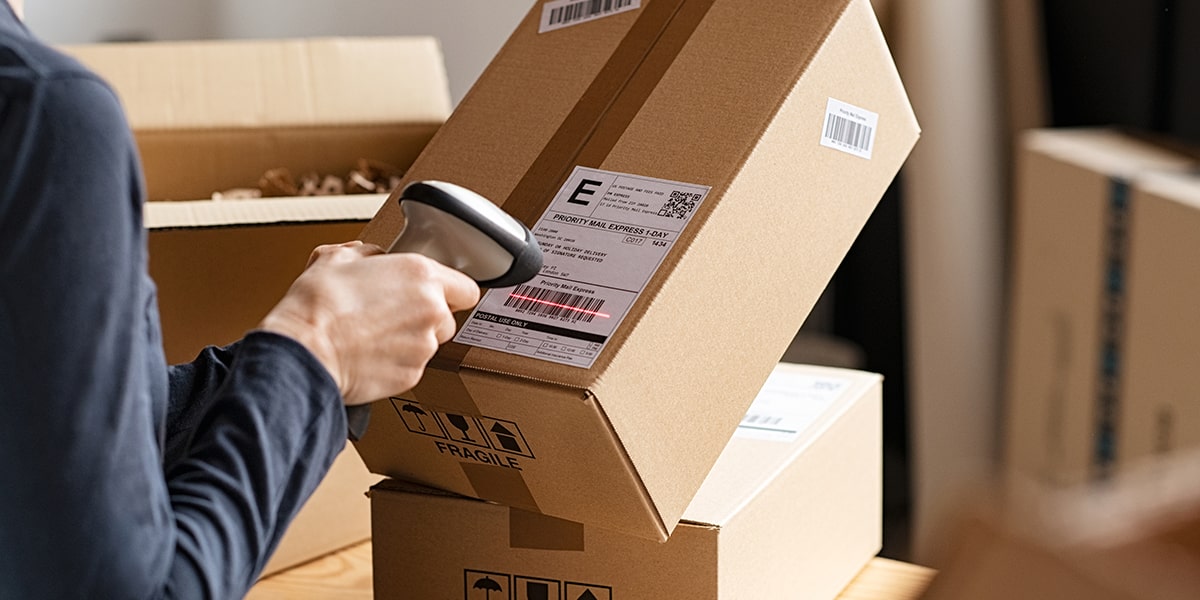Microbial Resistance Testing of Packaging Surfaces
In the consumer products and product safety testing sector, ensuring packaging integrity is paramount to prevent contamination that could impact end users. Microbial resistance testing plays a critical role in this context by evaluating how well packaging surfaces resist microbial growth and maintain their barrier properties over time.
Microbial resistance testing is essential for several reasons:
- To ensure compliance with international standards such as ISO 18572, which provides guidelines for the evaluation of antimicrobial activity in packaging products.
- To protect consumer health by preventing microbial contamination that could lead to foodborne illnesses.
- To maintain product shelf-life and quality.
Our laboratory utilizes advanced techniques and equipment to conduct these tests. We employ a range of methodologies including challenge testing with various microorganisms, inoculation methods like spiking or soaking, and incubation periods that simulate real-world conditions. Our facilities are equipped with state-of-the-art microbiological growth chambers which allow us to observe the effectiveness of packaging materials in inhibiting microbial proliferation.
The tests focus on evaluating the antimicrobial properties of packaging surfaces such as films, lids, and containers used for food or pharmaceutical products. We also assess the impact of storage conditions, temperature variations, and exposure to external factors like humidity and light. This comprehensive approach ensures that our clients receive accurate and reliable results.
Scope and Methodology
| Parameter | Description |
|---|---|
| Inoculation Methodologies | We use both direct inoculation and spiking techniques to introduce microorganisms onto the packaging surface. |
| Incubation Conditions | Standard incubation temperatures range from 25°C to 37°C, depending on the type of microorganism being tested. Humidity and light exposure are also simulated. |
| Data Collection | We measure microbial growth using colony-forming units (CFUs) per square centimeter and observe visual changes in appearance. |
International Acceptance and Recognition
- The European Union recognizes ISO standards, including the one for antimicrobial packaging materials (ISO 18572).
- United States regulatory bodies like FDA accept ASTM E2693 standard which specifies procedures for testing antimicrobial activity in plastics used for food contact.
- China follows national and international standards such as GB/T 24081-2015, aligning with ISO 18572.
Use Cases and Application Examples
In the context of consumer products & product safety testing, microbial resistance testing is crucial for several types of packaging:
- Film wraps used in food packaging to extend shelf life.
- Plastic containers for storing perishable foods like dairy and meat products.
- Bottles and jars for beverages and condiments where hygiene is critical.
Our testing methods are applicable across various industries including food, pharmaceuticals, cosmetics, and household goods. By ensuring that packaging surfaces effectively resist microbial contamination, we contribute to the overall safety of consumer products.





